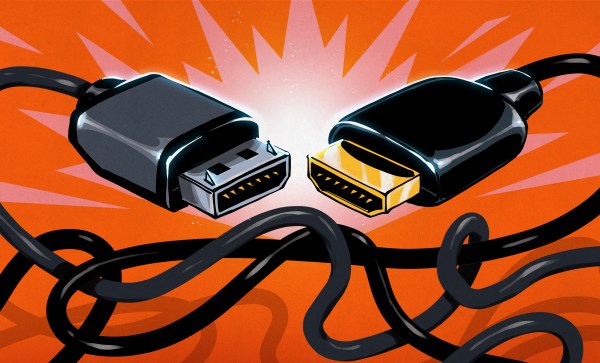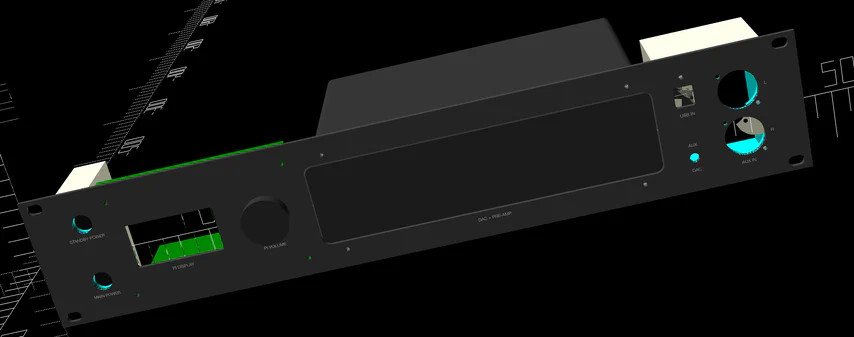[Wrongdog Recons] suffers from a severe case of nostalgia. His earlier project simulated broadcast TV, and he was a little surprised at how popular the project was on GitHub. As people requested features, he realized that he could create a simulated cable box and emulate a 1990s-era cable TV system. Of course, you also needed a physical box, which turned into another project. You can see more about the project in the video below.
Inside is, unsurprisingly, a Raspberry Pi. Then you have to pretend to be a cable TV scheduler and organize your different video files for channels. You can interleave commercials and station breaks.
One addition was a scheduler so you could set up things like football games only play during football season. You can also control timing so you don’t get beer commercials during Saturday morning cartoons.


















